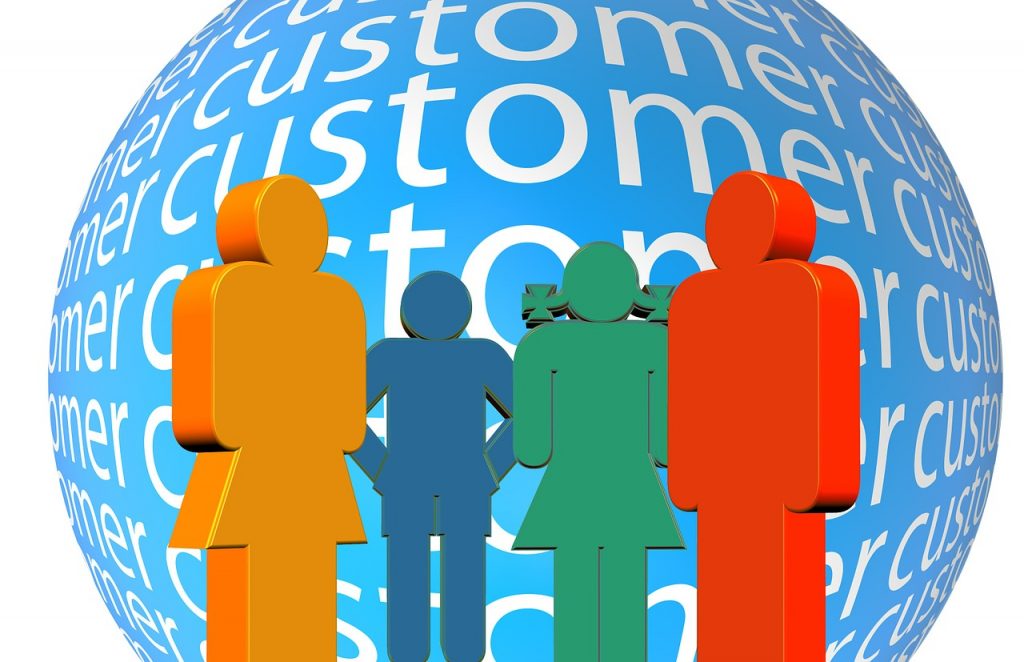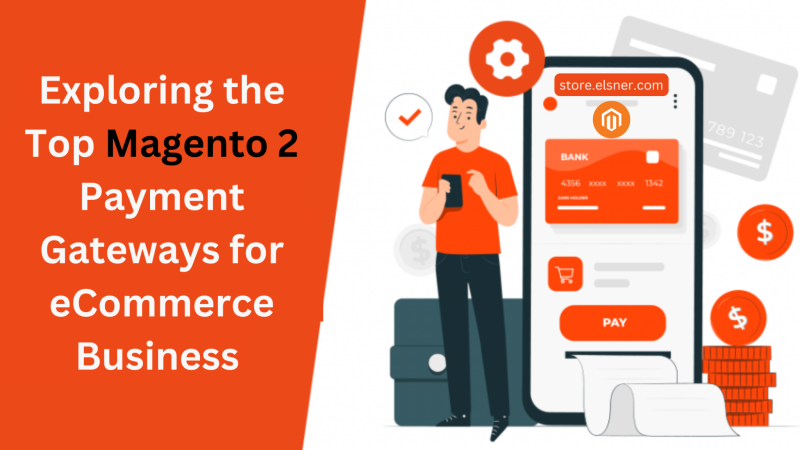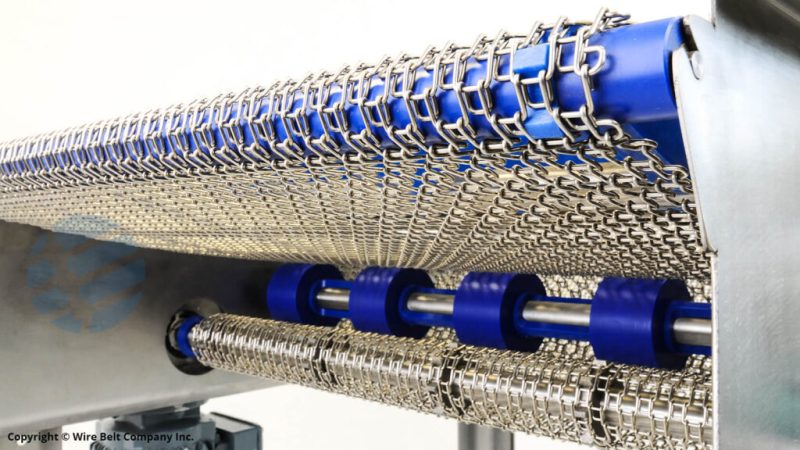6 Ways CRM Helps Build Customer Satisfaction

Business brands must go beyond converting a prospect into a customer. It takes skill to win the customer’s loyalty. Studies indicate that 96% of customers are loyal to a business brand when services are modified to meet their needs.
You can always meet the needs of your customers by improving communication channels. Customers will tell you what they want to see if you’ll just talk to them. So, with the deployment of CRM, you can ensure customer satisfaction.
What is CRM? – Do Developers Need One
Customer Relationship Management (CRM) is the process in which a business gains an in-depth understanding of its customers’ behavior.
It helps the business make adjustments to its services. This modification meets the customers at their point of need. This process helps in garnering data evaluation for the businesses that want to scale up.
Generally, CRM systems gather data from diverse communication channels, such as;
- Business website
- Social media
- Other marketing channels
CRM software is usually built for specific business niches. For instance, a developer focused CRM is the best pick for development-focused businesses. As a developer, good CRM software can help you optimize your startup for greater productivity.
Since the software is tailored to your particular customers, you can provide the best service for them, making your services the preference. How do you optimize the use of CRM to satisfy your customers, though?
6 Ways to Improve Customer Satisfaction with CRM

Below are six ways CRM can help strengthen relations by improving customer satisfaction.
1. Direct Communication
Establishing direct communication channels with customers is forward-thinking. It shows that your business is willing to engage in meaningful dialogue at all times. This value strengthens business-buyer rapport.
It enables you to see into the mind of the customer and know their individual needs. The modified products and services can then meet the required needs of the customer.
Here are some communication channels through which this insight can be gotten;
-
Social Media
Customers can head over to social media to drop a comment or suggestion. They can give feedback regarding product choices on your business page. A good brand should have functioning pages on social media and a good media presence.
-
Telephone Line
This communication channel comes in handy particularly when customers have grievances to air. Having a response team or customer service can aid the flow of development in CRM. The conversations are usually recorded and saved to a database.
-
Email Marketing
You can choose to test a new product or make adjustments to an existing product. You should ask for feedback from prospects and customers. With email marketing, you can conduct a form of product testing.
-
Live Chat
This communication channel is usually a one-on-one communication stream. It is a dialogue between the client and the brand’s representative.
The applications listed above serve for data collection. Other third-party applications are Google Analytics and Content Management System (CMS). The data collected from communication channels are integrated by a CRM developer.
The developer is a software specialist. The CRM developer can recommend cost-effective software applications that help improve services. The developer can also identify challenges in previous CRM systems and develop new solutions, improving the odds of customer satisfaction.
2. Conduct a Survey
You have to find out if your brand is doing enough to improve customer relations. Are your customers giving positive reviews? Is there enough goodwill? You might ask.
The best practice is usually to take the question to the audience by conducting a survey. You can do it through online polls or one-on-one inquiry depending on how large the business is. You can use surveys to find out what customers think about your service.
According to research, 83% of businesses use surveys to drive excellent customer-centric service. In a survey, customers get to speak about your products and services, and their favorites.
These surveys show certain services you need to improve. It helps your business increase customer satisfaction in the long run.
3. Qualitative User Experience
The last time a customer made an acquisition from your brand, how did it go? Quality user experience keeps new and old customers.
From dealing with a slow-loading website to a snail-paced customer response team, a bad experience will not put your business name in good light. You want to make sure your prospective and previous users don’t have any negative experiences. A bad experience results in an avalanche of negative reviews.
Bad experiences reduce the odds of conversion. It has a negative impact on customer relationships and possible referrals. A way to rectify this problem is to deliver what your website says it will with speed and efficiency.
Peradventure, there is a not-so-good user experience in the works. (This is possible. You might not be able to meet every user’s preference immediately). Have a good response team with a CRM system to help rectify the negative experience. The goal is to be customer-centric, delivering the best user experience at all times.
4. Create a Database
A database is a pool of customer information; signup dates, contact information, reviews, individual preferences, and past shopping experiences.
Having a central database of your customers’ priorities is good. It will help you focus on developing excellent services with an outlook toward improving the customer’s experience.
5. Staying in Regular Contact
A good percentage of customers prefer personalized conversations. Staying in touch with your customers improves relationships. Every customer likes to feel important. Staying in regular contact with your customers will give them that sense of importance.
This rapport will also help you understand each other better. It works for both existing customers and new customers. A good way to stay in regular contact is by sending messages on special days. Send a congratulatory text on your customer’s birthday or wedding anniversary.
A good CRM system will allow your business to do it seamlessly. It helps you automatically send these emails when the occasion demands. This practice will keep your business name on the lips of your customers, every time. It also helps you get appropriate feedback.
6. Offer Bonuses and Reward Customer Loyalty

This one comes in as an old trick off the books. Everyone loves a good bonus including your customers. Many brands already use this tip in aiding CRM, your brand should too. Your business brand should offer timely incentives to top purchasing customers.
This incentive keeps your loyal customers from the competition. When customers find satisfaction with your business, they always buy from you.
Conclusion
CRM is a technological tool used by businesses to improve customer relationships. It receives feedback and aids the flow of communication. The data collected through CRM includes customers’ invoice history, preferences, interests, and dislikes. By utilizing the data gathered as a developer, you can help adjust your product marketing. This process improves customer experience and leads to brand scalability.






